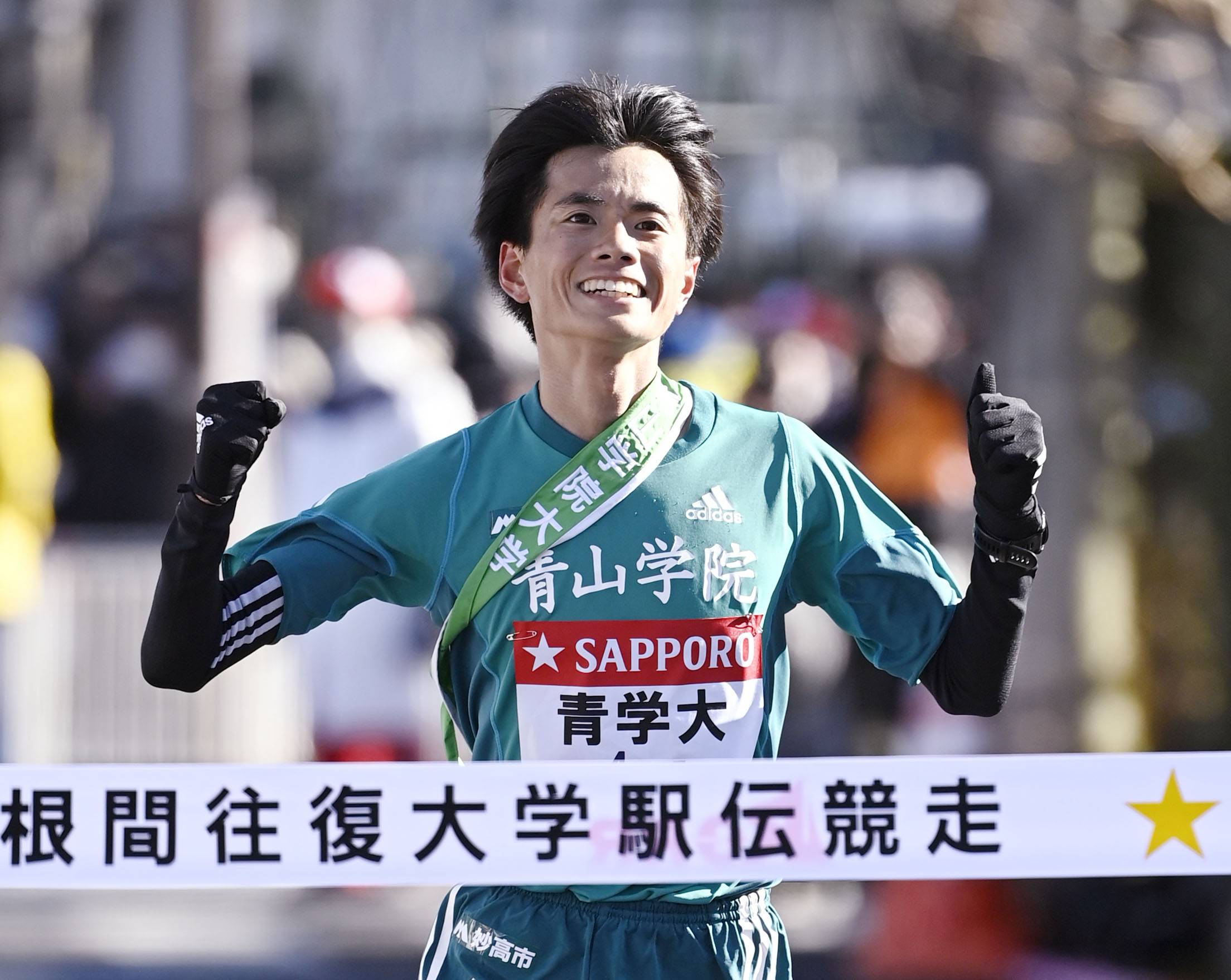If you’re a fan of long-distance running, then you may have heard of the Hakone Ekiden. It’s a 217.1-kilometer relay race held annually on January 2nd and 3rd in Japan, and it’s one of the most prestigious and competitive road races in the world. In this article, we’ll take a closer look at the history of the race, the route, the rules, and why it’s so important in Japan.
History of the Hakone Ekiden
The Hakone Ekiden has a long and fascinating history that dates back to 1920. The race was initially started by university students in the Tokyo area as a way to showcase their athletic abilities and promote long-distance running. The first race was held on January 3, 1920, with just four teams competing. The course was from Tokyo to Hakone and back, and it covered a distance of 108.1 kilometers.
Over the years, the race has grown in popularity and size. Today, the race includes 23 teams from universities across Japan, and it attracts millions of viewers both in person and on television. The race has become a cultural phenomenon in Japan, with people from all walks of life tuning in to cheer on their favorite teams.
The Route
The route for the Hakone Ekiden is a challenging one that takes runners through some of the most beautiful and scenic areas of Japan. The course starts in Tokyo and winds its way through the foothills of Mount Fuji before finishing in Hakone. The total distance of the course is 217.1 kilometers, and it’s split up into ten stages.
Each stage has its own unique challenges, with some stages being more hilly or technical than others. The first stage is a relatively flat 21.3-kilometer run from Tokyo to Tsurumi, while the second stage is a shorter 23.1-kilometer leg that includes several steep hills. The final stage is a grueling 23.5-kilometer climb up a mountain road to the finish line in Hakone.
The Rules
The Hakone Ekiden is a relay race, which means that teams of ten runners take turns running different legs of the course. Each runner runs one stage of the race, and then hands off a sash to the next runner in their team. The sash, called a tasuki, is a symbol of the team’s unity and is passed from runner to runner throughout the race.
The teams are made up of university students, and each team has ten runners and up to five alternates. The order in which the runners run is predetermined, and each runner must complete their leg within a certain time limit. If a runner fails to finish their leg within the allotted time, their team is disqualified.
The Importance of the Hakone Ekiden in Japan
The Hakone Ekiden is one of the most important and prestigious sporting events in Japan. It’s a cultural phenomenon that’s watched by millions of people across the country, and it’s become a rite of passage for many university students.
The race is seen as a symbol of perseverance and teamwork, and it’s an event that brings people together from all walks of life. The runners themselves are seen as heroes, and their dedication and commitment to the sport are admired by people across Japan.
Summary
The Hakone Ekiden is a unique and fascinating race that’s steeped in tradition and history. It’s a testament to the power of long-distance running and the human spirit, and it’s a race that’s revered by people across Japan.
Whether you’re a fan of long-distance running or simply a lover of culture and tradition, the Hakone Ekiden is an event that’s worth watching. It’s a chance to see some of the best university runners in Japan compete against each other in a grueling test of endurance and skill.
While the race may have started as a small event organized by university students, it’s now grown into one of the most important events on the Japanese sporting calendar. The race has become a symbol of Japanese culture, and it’s something that people across the country look forward to every year.
In addition to the race itself, the Hakone Ekiden has also had a significant impact on the development of long-distance running in Japan. The race has inspired countless young runners to take up the sport and has helped to foster a culture of running in the country.
Overall, the Hakone Ekiden is an event that’s not to be missed. Whether you’re a long-distance running fan or simply someone who appreciates culture and tradition, the race is a fascinating and exciting event that’s well worth watching. So, mark your calendars for January 2nd and 3rd and get ready to cheer on your favorite team in one of the most challenging and prestigious races in the world.

